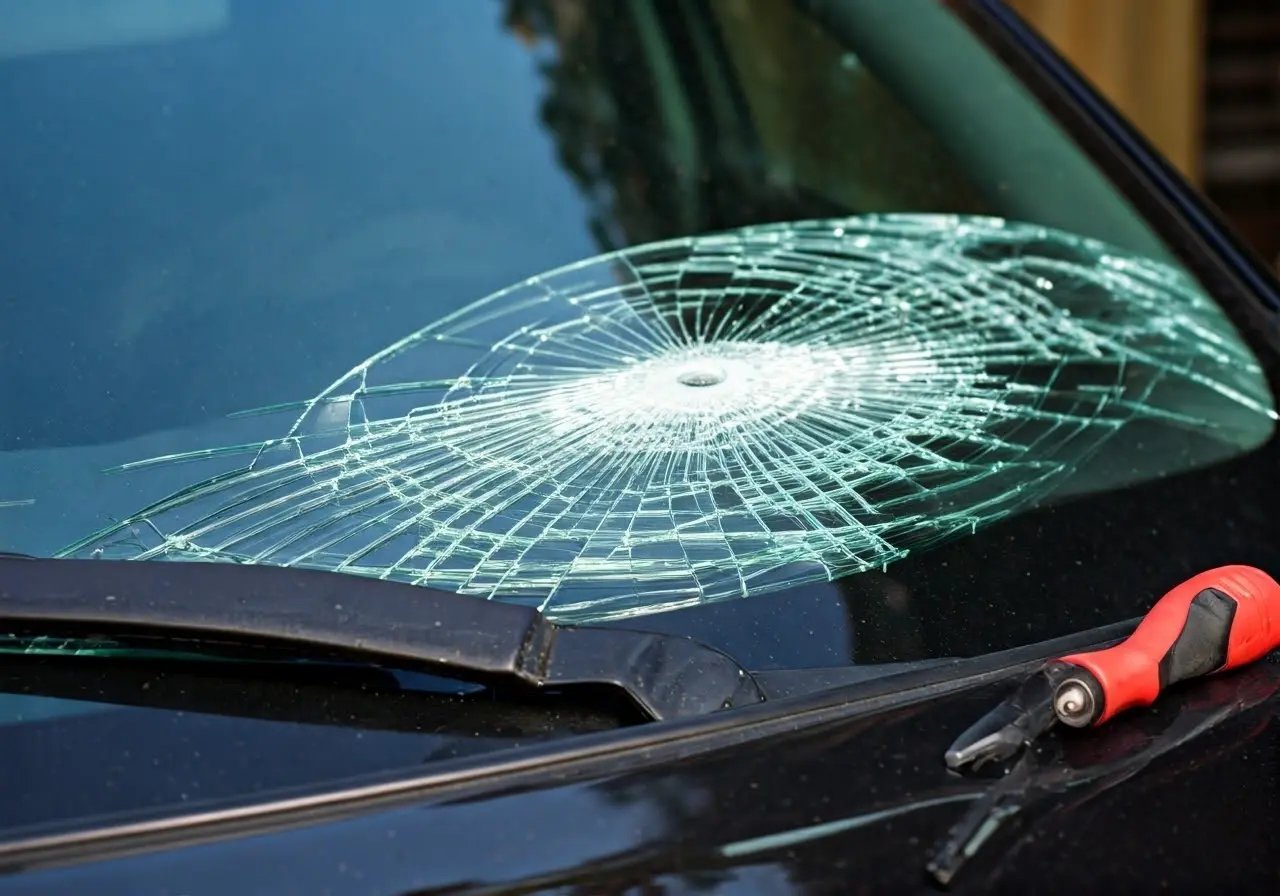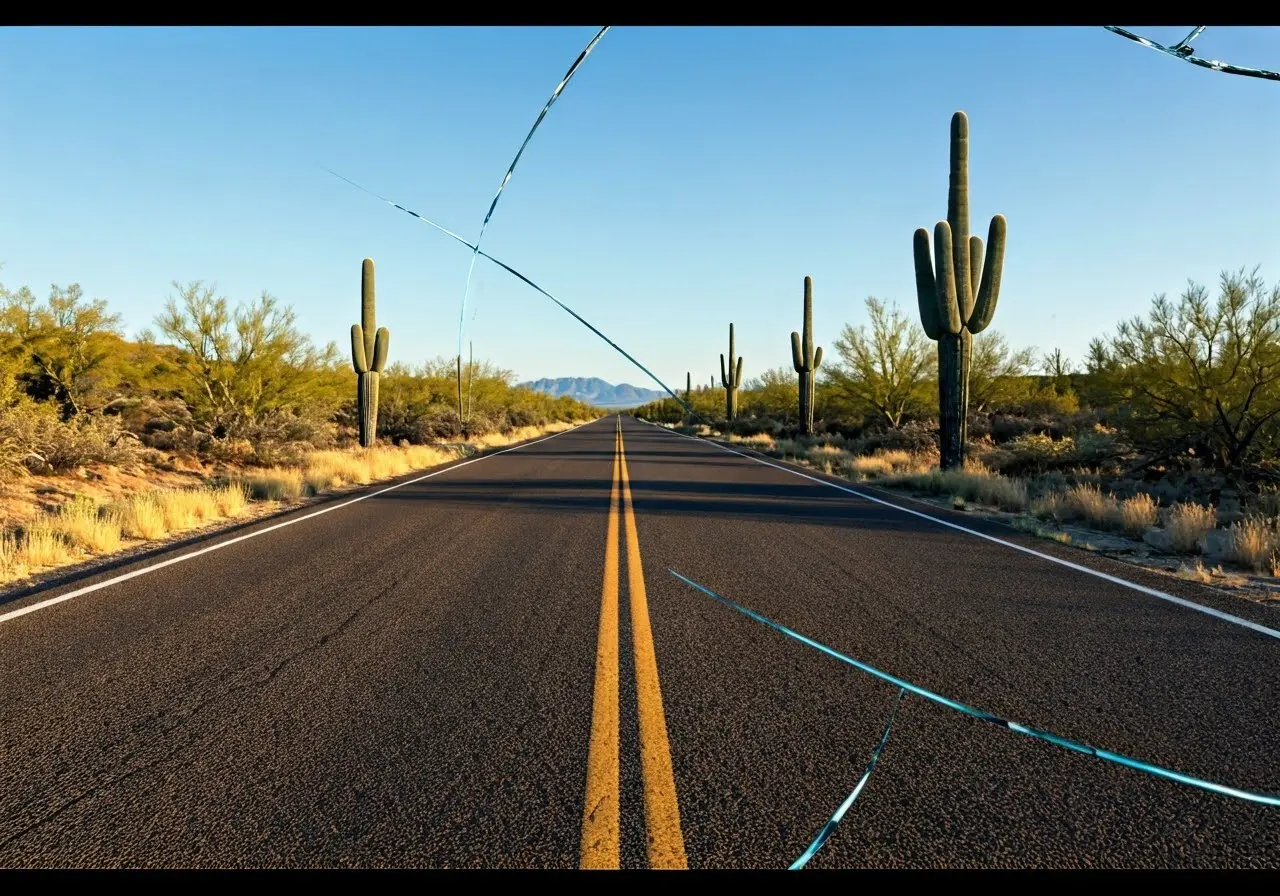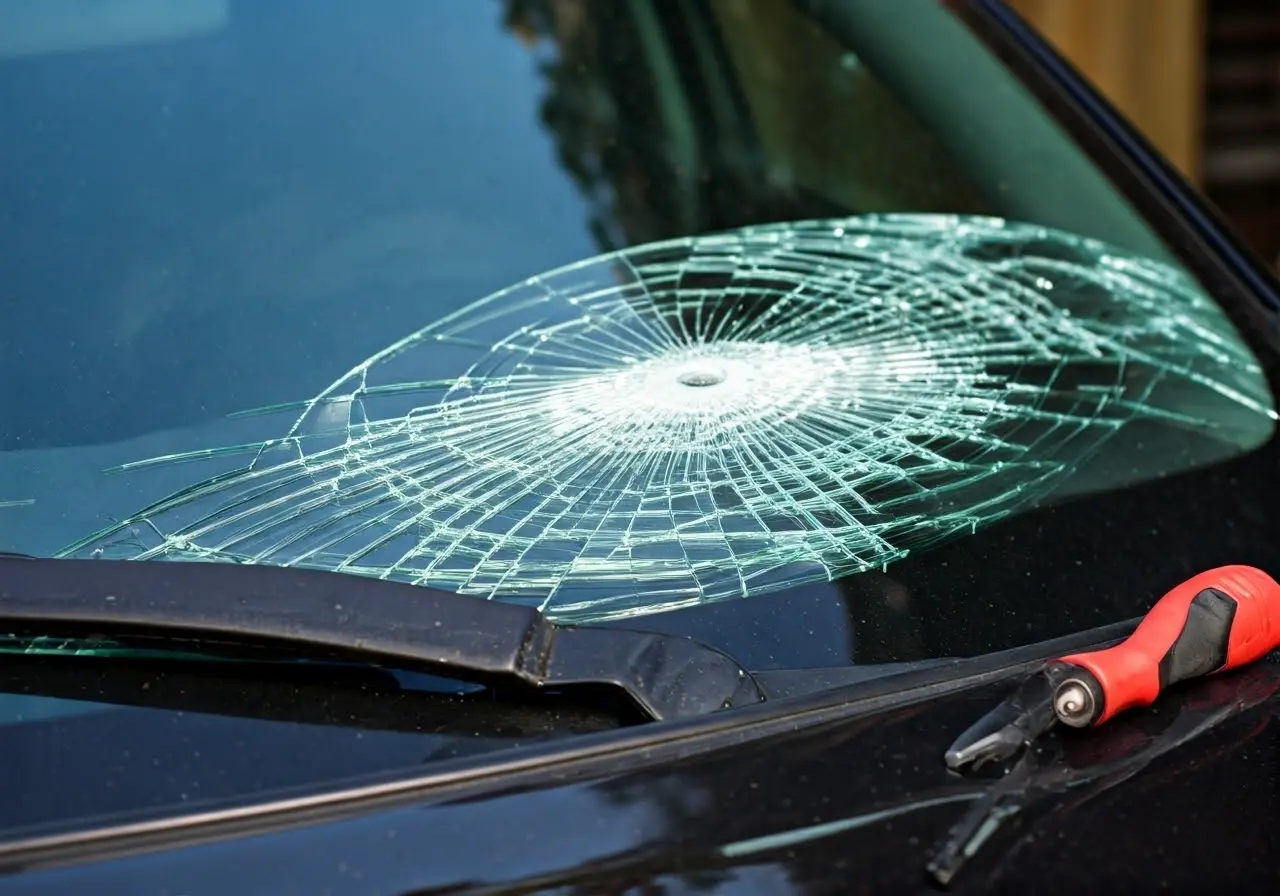Replacing a car windshield might seem straightforward, but there are often hidden expenses that can catch you by surprise. Whether it’s a sudden chip that turns into a crack or general wear and tear, understanding these costs can help you budget more effectively and avoid financial stress. Let’s dig into what these hidden costs might be.
The Initial Costs of Windshield Replacement
When you first consider replacing your windshield, the primary cost is the price of the windshield itself and the labor for the installation. This cost can vary depending on the make and model of your vehicle. For example, luxury vehicles or rare models often have windshields that are more expensive, increasing the overall replacement costs. Moreover, labor rates can differ across service centers, making it worth your while to shop around and compare prices.
It’s important to note that some modern vehicles come equipped with advanced features embedded in or around the windshield. These include rain sensors, antennas, and heating elements, all of which need to be carefully handled during replacement. The presence of these features can increase both the complexity and cost of the windshield replacement. Understanding what your car requires can help you plan accordingly and avoid extra expenses due to damaged components or faulty replacements.
Additional Charges You Might Encounter
Beyond the basic replacement fee, additional charges such as disposal fees, calibration for advanced driver-assistance systems, and unexpected parts that need replacement can quickly add up. When a new windshield is installed, the disposal of the old one is often subject to environmental regulations, resulting in an added fee. Calibration, especially for cars equipped with advanced safety features, is crucial to ensure these systems function correctly post-replacement.
A less obvious but potentially hefty cost arises from mismatched or poor-quality parts. Aftermarket windshields might be cheaper but can incur unforeseen expenses due to poor fit and quality issues. Misalignment or size discrepancies could lead to leaks or impaired sensor functionality, necessitating further repairs. To mitigate such risks, understanding the pros and cons of using aftermarket options versus OEM parts is essential.
The Role of Insurance in Covering Costs
Insurance can certainly help offset the costs, but understanding your policy’s specifics is crucial. Some policies cover glass replacement in full, while others might require deductibles or have limitations. For instance, comprehensive insurance often covers windshield damage, but it’s important to verify if this includes full replacements or only repairs. Knowing the details of your coverage prevents unexpected out-of-pocket expenses.
An essential aspect of leveraging insurance is knowing the difference between repair and replacement coverage. Some policies might pay in full for repairs but not replacements, or they might cover only a single type, leading you to incur costs if not informed. Additionally, some insurers offer specific windshield coverage add-ons, which might be a smart investment if you frequently drive in areas prone to glass damage.
Choosing Between OEM and Aftermarket Windshields
The decision between using original equipment manufacturer (OEM) or aftermarket windshields can significantly affect costs. OEM windshields tend to be pricier but offer an exact match in terms of quality and fit. This precision ensures that all safety features and sensors work properly, maintaining the integrity of your vehicle’s advanced systems.
Aftermarket windshields, while often cheaper, vary considerably in quality. They may not match the OEM standards, which can lead to fitting issues or even interfere with the efficiency of rain sensors or ADAS functionalities. It’s crucial to weigh the cost savings against potential risks. Opting for a trusted supplier with a reputation for quality in aftermarket parts can strike a balance between cost-effectiveness and reliability.
The Importance of Quality Installation
Skimping on installation quality can lead to future problems that are more costly. Choosing a reputable service provider ensures the job is done right the first time, providing peace of mind. Incorrectly installed windshields can lead to leaks, poor sealing, or compromised structural integrity. Such issues not only impact the vehicle’s safety but also lead to more expenditures in the long run.
Working with certified professionals guarantees that best practices are followed, reducing the risk of improper installation. A well-executed installation involves using high-quality adhesives and ensuring that the windshield is perfectly aligned and seated. This attention to detail preserves the vehicle’s safety standards and ensures that all in-built systems function optimally. By investing in professional workmanship, you safeguard your vehicle’s performance and safety.
Preparing for Windshield Replacement Costs
Understanding the true costs of windshield replacement can help you make informed decisions. By considering factors like insurance coverage, quality differences, and unexpected fees, you can find the best solution that fits your budget. Always be proactive and seek professional advice when needed to ensure your car’s safety without breaking the bank.



